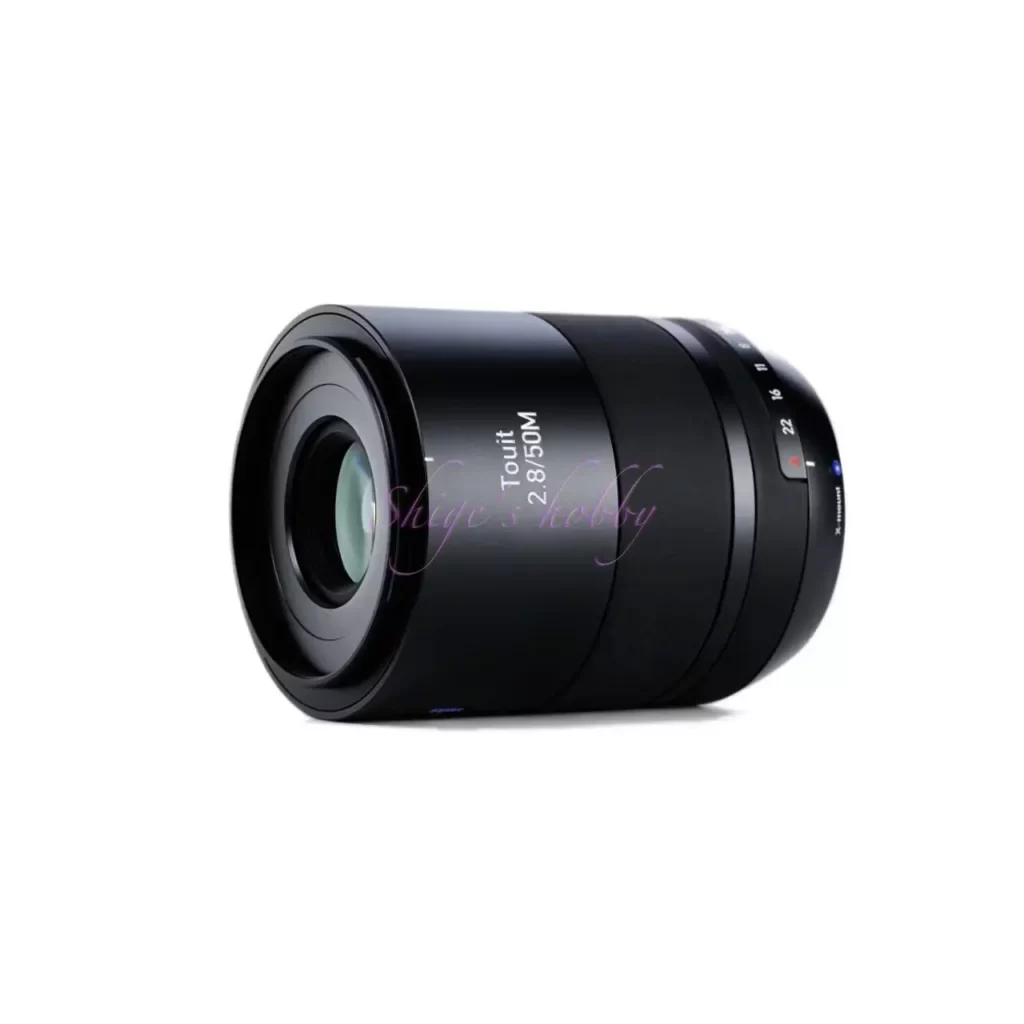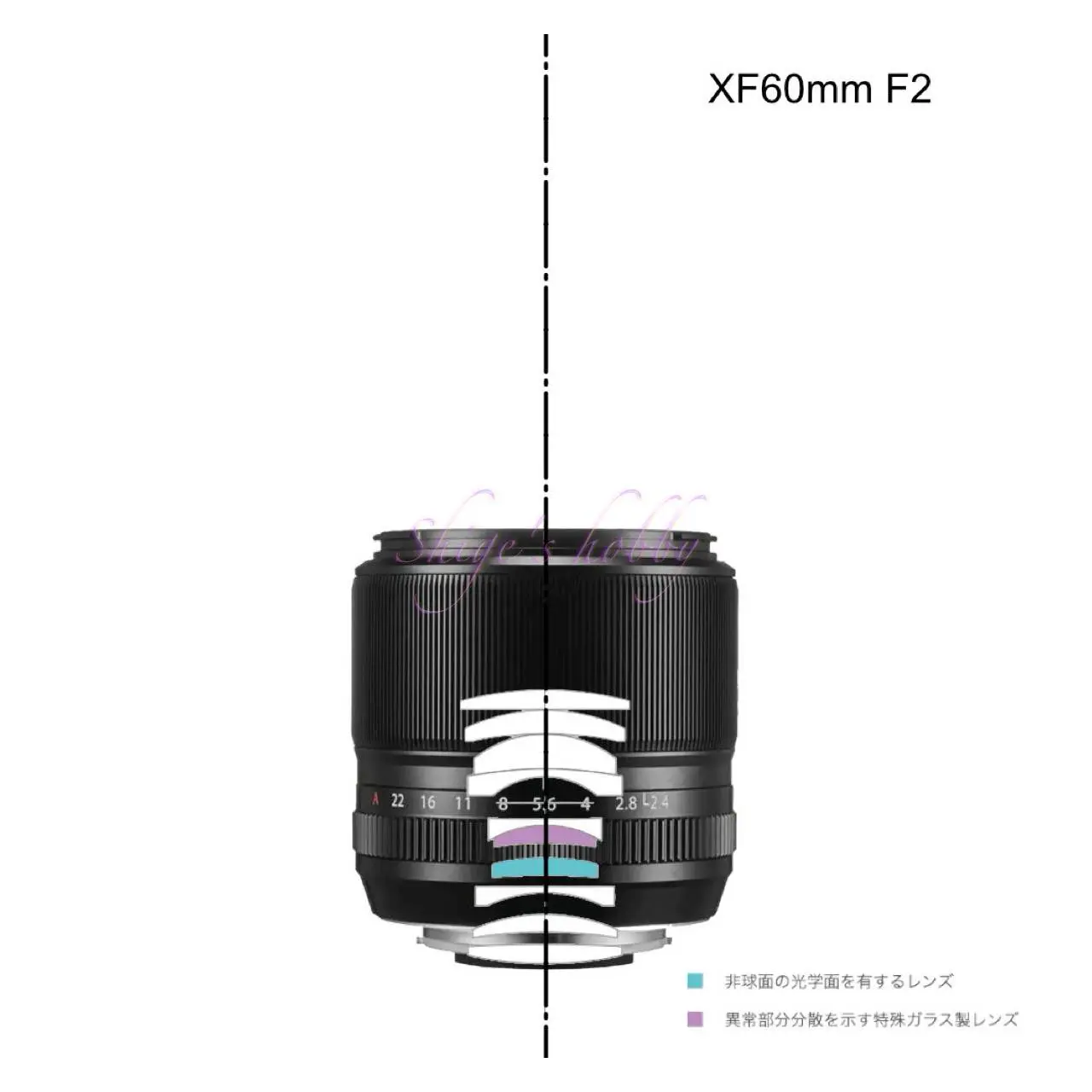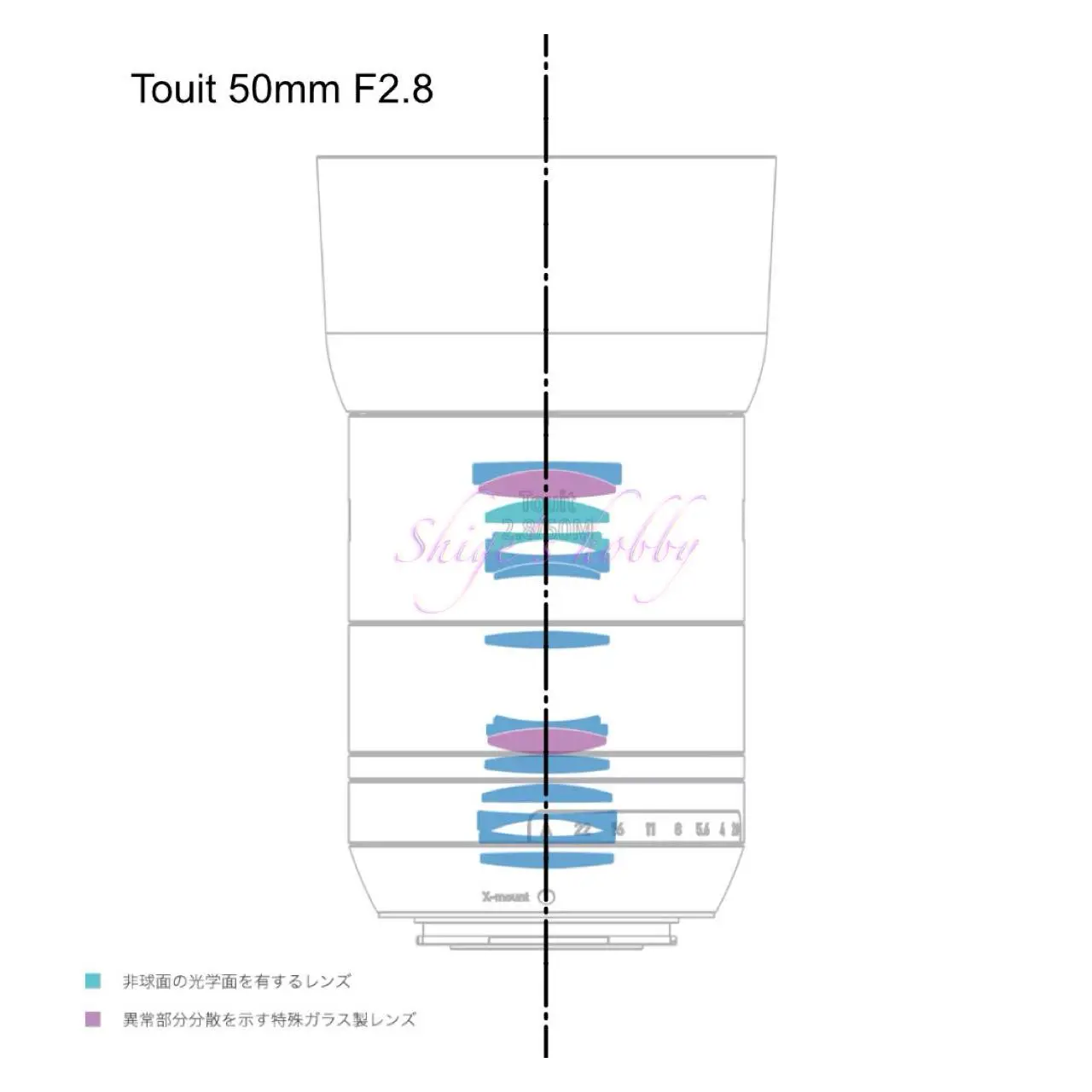A review and photo examples of the ZEISS Touit 50mm F2.8.
- Please see the disclaimer regarding advertising here.
- Italicized links in the text are advertisement links that take you to other sites.
Table of contents
Gallery
The sample photos were taken with Fujifilm X-PRO2 and X-E2.
Review

1.Overview
The Carl Zeiss Touit 50mm F2.8 is a macro lens released by Zeiss in 2014 for mirrorless cameras with APS-C size sensors.
The lenses are released under the unified brand name Touit. This Touit 50mm is described as Makro Planar, but there is no indication on the lens itself.
Its main features are a focal length of 50mm, a lens configuration of 14 elements in 11 groups, aspherical lenses, anomalous dispersion glass, floating mechanism, a minimum shooting distance of 0.15m, and life-size shooting. Please refer to the specifications table for detailed specifications.
Compatible mounts are Sony E and Fujifilm X.
This Touit lens brand has stopped expanding after the release of three lenses.
2.Usability
I bought the Carl Zeiss Touit 50mm F2.8 for Fujifilm X. The image quality is satisfactory for a medium telephoto macro, and the bokeh in front and behind is also beautiful.
When the standard deep hood is attached to this lens, it does not pick up any mysterious light even in backlighting.
I did not shoot with the sun directly in the lens, so I do not know about ghosts or flares.
For autofocus, I mostly use the AF-S of the X-Pro2. Since it is a macro lens, I often use it for close-up photography, and even in that case, the autofocus did not stop at the target position and I did not feel that it was missing. The accuracy of the autofocus is decent.
The focus speed is not particularly fast, but it is satisfactory, and unless the target is very difficult, autofocus is fine, and if you do not like the focus position, you can use manual focus.
As for the operation, it is simple because it is a prime lens, and the Fujifilm version is equipped with a focus ring and aperture ring. The A position is aperture auto, and the aperture ring can be mechanically set to any aperture value.
The Sony version only has a focus ring, omitting the aperture ring. Aperture control is done from the camera side.
The lens appearance is similar to that of the Touit, with the rubber-wrapped focus ring reducing the texture of the lens. The hood is compact considering its depth, so it doesn’t get in the way when carrying it around.
3.Summary
In conclusion, to sum up the Touit 50mm, it is one of the few macro lenses in the XF lens lineup, and because it has better operability and close-up performance than the XF60mm, it is a lens that is worth considering purchasing.
In addition, the focal length of 75mm in 35mm format equivalent can be used for snapshots that capture a slightly narrower range than a standard lens.
Specification and Competitor
Here I compared it with FUJIFILM’s XF 60mm macro, which has a similar focal length.
The Touit 50mm uses inner focus, which makes the lens barrel larger, but the overall length of the lens does not change when focusing, which has the advantage of making the shooting position stable and reducing changes in weight balance.
The XF60mm F2.4 is one of the early lenses in the X series, and since compactness was prioritized, it has a classic macro lens structure in which the lens barrel extends when focusing. And the shooting magnification is half macro.
The new lens XF30mm Macro, which will be released on November 25, 2022, has the same 1:1 macro and inner focus specifications as the Touit 50mm.
- There is a lot of information on the difference between life-size macro and half-macro if you search online. To summarize, when you photograph an object, if the object appears on the film or sensor as the actual size, it is called life-size (1:1), and if it appears half the size, it is called half-size (1:2).
- With digital cameras, the image on the sensor is viewed on a monitor, so it is difficult to compare the actual size of the object with the size of the photographed object on the monitor, which is why in the digital age, the notation is difficult to understand.


| Lens name | Makro Planar 50mm | FUJIFILM XF 60mm macro |
| Focal length(mm) | 50 | 60 |
| When using LEICA S (mm) | 75 | 90 |
| Max aperture | 2.8 | 2.4 |
| Min aperture | 22 | 22 |
| Number of Aperture blade | 9 | 9 |
| Lens Construction | 14 elements in 11 groups | 10 elements in 8 groups (1 aspherical lens, 1 anomalous dispersion lens) |
| Min distance(m) | 0.15 | 0.267 |
| Lens length(mm) | 91 | 63.6 |
| Max diameter(mm) | 75 | 64.1 |
| Filter Size(mm) | 52 | 39 |
| Weight(g) | 290 | 215 |
| Lens Shutter Mechanism | FUJIFILM-X SONY-E | FUJIFILM-X |
| Release date | 2014.3.29 | 2012.2.28 |
| Price(Yen/No-tax) | ¥120,600 | ¥93,000 |
| Lens name | Distagon 12mm | Planar 32mm | Makro Planar 50mm |
| Focal length(mm) | 12 | 32 | 50 |
| When using LEICA S (mm) | 18 | 48 | 75 |
| Max aperture | 2.8 | 1.8 | 2.8 |
| Min aperture | 22 | 22 | 22 |
| Number of Aperture blade | 9 | 9 | 9 |
| Lens Construction | 11 elements in 8 groups | 8 elements in 5 groups | 14 elements in 11 groups |
| Min distance(m) | 0.18 | 0.3 | 0.15 |
| Lens length(mm) | 68 | 58 | 91 |
| Max diameter(mm) | 88 | 75 | 75 |
| Filter Size(mm) | 67 | 52 | 52 |
| Weight(g) | 270 | 210 | 290 |
| Lens Shutter Mechanism | FUJIFILM-X SONY-E | FUJIFILM-X SONY-E | FUJIFILM-X SONY-E |
| Release date | 2013 | 2013 | 2014.3.29 |
| Price(Yen/No-tax) | ¥126,200 | ¥94,600 | ¥120,600 |
Reference links
- Touit 12mm Official PDF
- Touit 32mm Official PDF
- Touit 50mm Official PDF
- XF60mm F2.4 macro・Official page
- XF30mm F2.8 macro・Official page
Update history
- 2025.6.12
Affiliate links
- Please see the disclaimer regarding advertising here.
- Italicized links in the text are advertisement links that take you to other sites.
- ZEISS・Ads by Amazon
- ZEISS TOUIT・Ads by Amazon
- ZEISS 書籍・Ads by Amazon
- フジフィルムデジタルカメラ・Ads by Amazon

Amazon Prime Sale



Be First to Comment